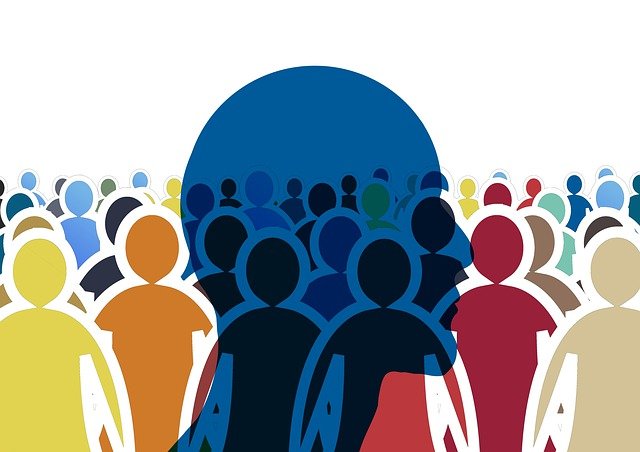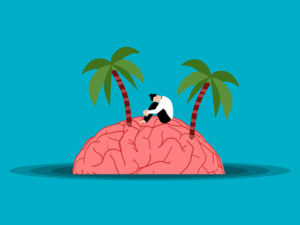
On the surface, social anxiety disorder and autism may look the same.
Both autistic people and those with social anxiety may experience social situations differently than others.
While social anxiety and autism can occur together, the two are very different conditions.
Still, even doctors sometimes get the two mixed up, leading to misdiagnoses.
Want to understand the difference between autism and social anxiety disorder? Read on to learn more.
A major similarity between social anxiety disorder and autism spectrum disorder (ASD) is that both conditions present differently in every person.
There are plenty of similarities, including symptoms and services offered.
That said, it’s important to understand that social anxiety is not a form of autism and vice versa.
Symptoms
One reason social anxiety and autism are sometimes confused is because some symptoms appear the same.
According to educational psychologist and therapist Richelle Whittaker, PhD, overlapping symptoms of autism and social anxiety disorder include:
- limited social communication
- nervousness
- difficulty adapting to changing plans
- lack of eye contact
Diagnosis
A psychologist can diagnose autism and social anxiety disorder using the Diagnostic and Statistical Manual of Mental Health Disorders, Fifth Edition (DSM-5). It’s a handbook published by the American Psychiatric Association that helps healthcare professionals make diagnoses.
A healthcare professional will ask about symptoms and may observe a person in social situations before making a diagnosis.
Brain function
The amygdala, which affects the brain’s response to fear, may play a role in both ASD and social anxiety disorder.
Ultimately, brain functioning is very different in social anxiety and autism, and the neurological causes of autism aren’t yet fully understood.
Treatment
There’s no cure for social anxiety or autism. In addition, not everyone wants to “manage” or “fix” characteristics associated with autism.
People can live fulfilling lives with customized support based on their goals, Whittaker says.
Treatment and support options for ASD include:
- occupational therapy
- social skills training
- applied behavioral analysis
- cognitive behavioral therapy
Occupational therapy
Occupational therapy is often a first-line service for autism. It may also help people cope with social anxiety.
Whittaker says it can help with situations and experiences such as:
- transitioning from one activity to the next
- personal space
- body awareness
- balance
- posture
- fine motor skills, such as handwriting
<…….
Source: https://www.healthline.com/health/autism/social-anxiety-vs-autism




